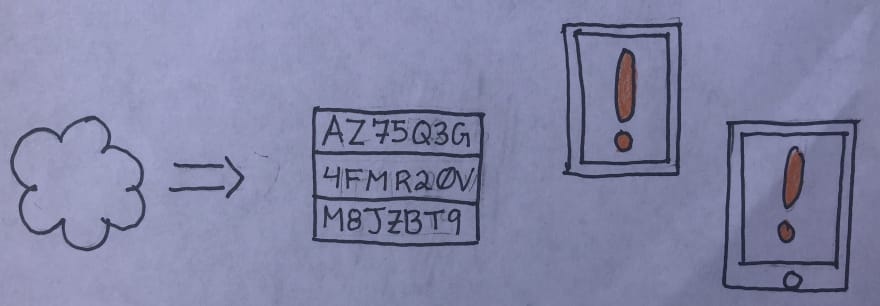When Google and Apple announced in April that they would be working together on a contract tracing API, a lot of people got concerned about privacy. Today, I’m going to try to explain how these apps work so that people can make an informed decision about the technology. Personally, if an app using this technology becomes available for my area, I’ll install it.
Dispelling Misconceptions
First, Apple and Google aren’t making apps. Instead, they are working together to build core technology to make it easier for public health authorities to build apps for their local area. By working together, they can ensure that everyone can get important health information no matter what phone they have.
Second, the Google and Apple joint effort doesn’t use location data[1]. Some COVID related health apps use location data, but this project does not. To understand why location data via GPS isn’t ideal, think about how often the GPS in your phone is off by a block. Also, location data can’t differentiate between someone on the 1st floor of a building and the 15th floor of a skyscraper. That difference could be relevant for COVID-19 exposure.
The Apple and Google effort uses Bluetooth. Bluetooth works well over the distances health experts say are relevant when determining COVID-19 exposure. Bluetooth also works in cell phone and GPS dead zones. Like subway stations, basements, parking garages, and offices and houses like mine that don’t have a strong cell or GPS signal. Also, the signal strength of the Bluetooth connection can be used to approximate the distance between two phones to determine if they are close enough that COVID transmission is likely.
Finally, you must actively consent to have your data shared. By default, all the data stays on your device. Data is only shared if you get sick and you tell the app to share your data, which it does anonymously.
If you are curious, here is Google’s Explanation of the API and Apple’s FAQ.
So How Does It Work?
So if these apps don’t use location data, how do they work?
First, you have to install an app from your local health department. Your phone won’t get the exposure notification application automatically.
Once you install the app, your phone starts broadcasting a random code via Bluetooth to anyone nearby who also has the app installed. This code changes a couple of times an hour as an additional privacy measure. Your phone keeps track of which codes it has broadcast.
Your phone is also listening for any other phones nearby that are broadcasting codes. It records all the codes it “hears.”
Once a day or so, the app on your phone contacts the cloud. It downloads a list of these random codes that were broadcast by the phones of people diagnosed with COVID-19. It compares that list to the list of codes it has “heard.” If there’s a match, the app shows you an alert saying you may have been exposed to COVID-19 and gives you instructions about how to proceed.
If you get diagnosed with COVID-19, you can open up the app and volunteer to share all the codes your phone has broadcast for the last 14 days. If you volunteer this info, the list of codes gets uploaded to servers in the cloud. None of your personally identifying information is shared, just the codes.
Summary
To summarize the essential points:
The exposure notification software Google and Apple are cooperating on does not use location data.
No personally-identifying information is shared.
No data leaves your phone without your consent.
You choose whether or not to share your COVID-19 diagnosis, and if you do, it’s done so anonymously.
The main downside I see to these apps is that they need as many people as possible to install them to be effective. My goal for this blog post is to explain the technology so that people can make an informed decision about whether to install the app for their region. I’ll be installing it, and I hope many others do as well.
[1] The terms of service for the Exposure Notification API explicitly prevent apps from using location data. Apps also must be endorsed by a government health authority. Apps will not be available in the relevant store if they don’t meet terms of service.










Top comments (0)